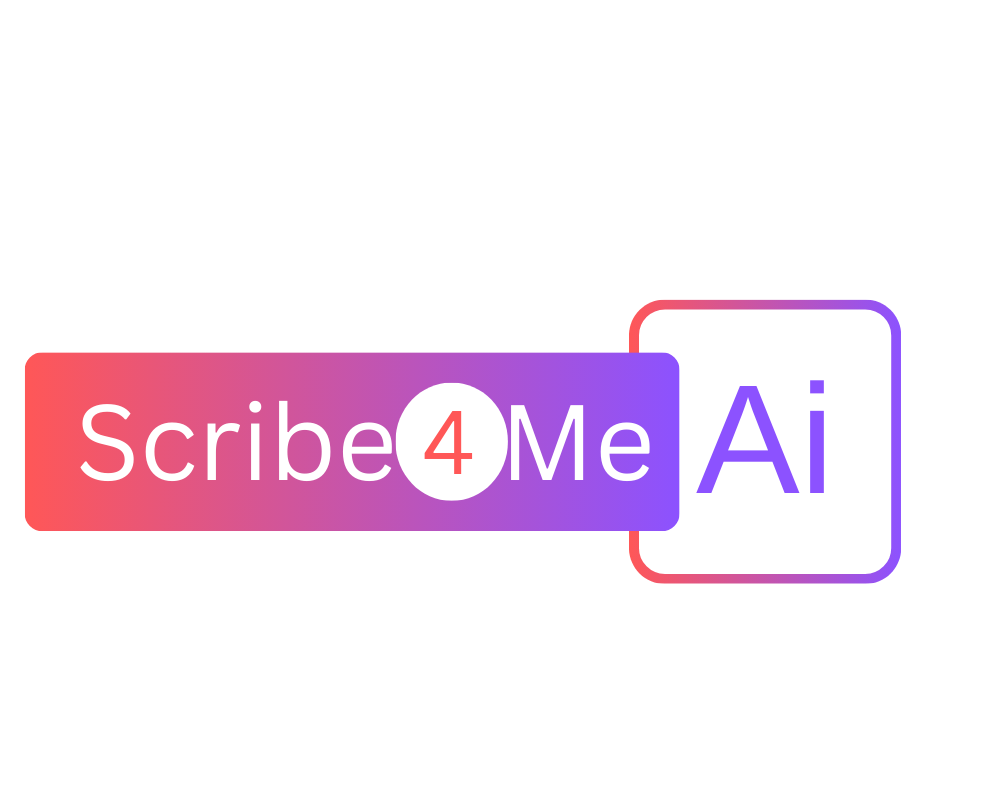

AI Scribes In Dermatology Drive Efficiency, Study Reveals
Physicians seem to be grappling with an increasing need to maintain high-quality, timely and patient –focused documentation. As a result, the time they spend documenting patient information has been steadily rising, taking up a significant portion of their day. This shift in focus from direct patient care to EHR documentation has led to burnout and lower patient satisfaction. A recent pilot study explored the use of AI-powered scribes in dermatology clinics, and the results were impressive. AI scribes in dermatology have the potential to reduce documentation time, ease physician workloads, and improve patient experiences.
The Problem - Documentation Burden
For many physicians, time spent on documentation can be overwhelming. Research shows that for every hour spent seeing patients, physicians spend an additional two hours on paperwork. This time commitment takes away from valuable face-to-face interactions with patients and can lead to frustration and burnout. Did you know that documenting in the EHR is a major factor in burnout for dermatologists? Fortunately, there is help. An AI scribe in dermatology clinics can assist with note-taking by automating the entire process. Yes, an AI scribe can listen, understand, transcribe and summarize the patient encounter into a structured note in real-time, optimizing workflow and boosting efficiency.
AI Scribe In Dermatology – A Pilot Study
A pilot study was conducted in an academic and community-based dermatology setting to find out if an AI scribe can reduce documentation burdens, enhance efficiency and improve patient experiences. The AI scribe tool chosen was designed to transcribe patient encounters and convert them into structured, specialty-specific notes. It had the ability to easily integrate with any EHR, which was crucial for improving efficiency in busy practices. Additionally, it could learn and adapt to physician preferences (language, formatting etc.), improving its accuracy and customizing notes to reflect their individual style.
How The Pilot Worked
The study involved 12 physicians, including 10 dermatologists and 2 physician assistants, who were trained to use the AI scribe after it was integrated into their workflow. The participants completed a nonincentivized survey about their experience using the AI scribe after 30-60 days of use. This survey was designed to assess the software’s impact on their productivity and satisfaction. In addition, patients were asked to complete a survey about their experiences during visits where the digital scribe was used. Productivity metrics, such as the time spent on documentation per visit and the overall time spent in the EHR, were also collected. Physicians were divided into two groups: low utilizers (using the AI scribe for less than 50% of their encounters) and high utilizers (using the AI scribe for more than 70% of their encounters).
Results - Time and Productivity Benefits
The results of the study were promising. Physicians who used AI scribes noted a significant reduction in the time they devoted to documentation. On average, time spent on notes per day decreased from 90.1 minutes to 70.3 minutes (a 22% reduction). This allowed physicians to focus more on patient care and less on administrative tasks. Additionally, the percentage of time spent by physicians creating notes themselves decreased by almost 50%, from 96.7% to 51.7%. While the total length of notes increased by about 30-50 words, the reduction in physician input time suggests that the AI scribe successfully eased the documentation burden. High utilizers of AI scribe, in particular, experienced even greater improvements in efficiency.
Physician and Patient Satisfaction
Physicians who participated in the study were generally satisfied with their experience using an AI scribe. Out of the six physicians who completed the survey, 83.3% reported that they would be “very disappointed” if the tool were no longer available, emphasizing how much the tool improved their daily workflow. They found that it saved them time, increased the accuracy of their notes, reduced documentation stress, and made patient encounters feel more personal.
Patients also had positive feedback, with many stating that the use of the AI scribe improved their interactions with physicians. In fact, patients reported a higher overall satisfaction with their visits when the AI scribe was used for documentation. This was probably because of the physician’s increased focus on the conversation rather than on typing or dictating notes.
Cost Savings - AI Scribes vs. In-Person Scribes
When comparing AI scribe to traditional in-person scribes, there are clear cost advantages. In this study, the monthly cost of using the AI scribe was approximately $1850, with an initial onboarding fee of $1000 per physician. However, the cost of hiring an in-person scribe is approximately $3,050 per month, which includes recruiting and training expenses. This suggests that using an AI scribe could save around $13,400 to $14,400 annually per physician, though the total savings could vary depending on the scope of work handled by the scribe. However, it’s important to note that there are limitations to AI scribes. For example, in-person scribes can handle additional tasks, such as entering orders and providing patient instructions, which an AI-powered scribe currently cannot perform.
Conclusion
This pilot study suggests that AI scribes in dermatology practices have the potential to significantly improve physician productivity, reduce documentation time, and enhance both physician and patient satisfaction. By streamlining documentation tasks, dermatologists can focus more on diagnosing and treating patients with skin conditions. If you are a dermatologist looking to improve the efficiency of your practice, look no further than Scribe4Me AI. With advanced capabilities, our AI scribe quickly transcribes patient visits and generates structured notes, helping you save time and reduce documentation stress. Sign up today and start a free trial to see how our AI scribe for dermatology can transform your workflows!


